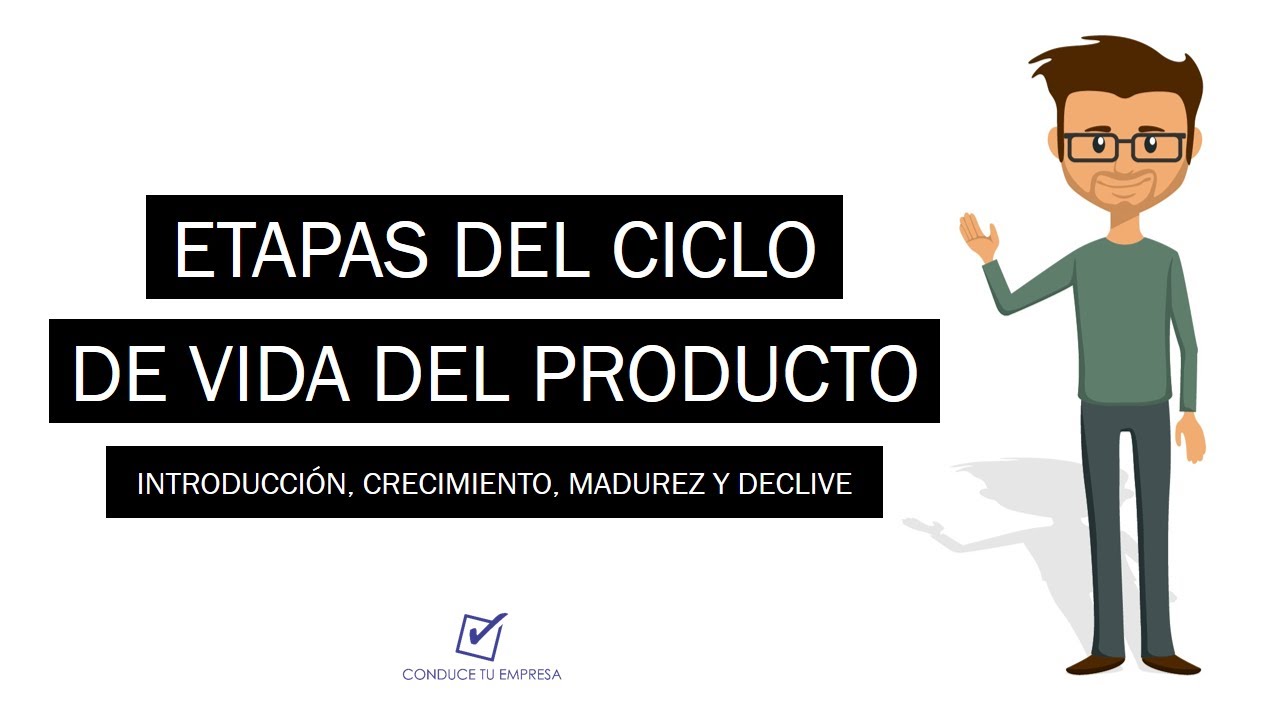Product Life cycle, 4 stages of product life Cycle
Summary
TLDRThis video explores the concept of the product life cycle, detailing its four stages: introduction, growth, maturity, and decline. It explains how products evolve from market launch to eventual discontinuation, influenced by factors like competition and consumer demand. The example of typewriters illustrates this cycle, showing how technological advancements can lead to a product's decline.
Takeaways
- 🔍 The product life cycle is the duration from a product's introduction to its removal from the market.
- 🚀 Products may stay in the market for a long time or be discontinued due to factors like saturation, competition, and decreased demand.
- 📈 The product life cycle includes four stages: introduction, growth, maturity, and decline.
- 💡 Introduction stage involves significant investment in advertising to create awareness of the product's features and benefits.
- 📊 Growth stage is characterized by a rise in sales, where consumer demand increases and the market expands.
- 💰 Maturity stage is the most profitable, with increased production volume and reduced costs, but sales growth slows down.
- 🛠️ Companies may reduce marketing in the maturity stage and start developing new products for different market segments.
- 📉 Decline stage is inevitable, with rapid drops in sales and changing consumer behavior, leading to eventual discontinuation.
- 🔧 The concept of the product life cycle is used by management and marketing to decide on strategies like advertising, pricing, and market expansion.
- 📝 An example of the product life cycle is the typewriter, which was replaced by newer technologies like computers and mobile devices.
- 👍 The video encourages viewers to like, subscribe, and download more information from the provided link.
Q & A
What is the product life cycle?
-The product life cycle refers to the period from when a product is introduced to consumers until it is removed from the market. It includes various stages such as introduction, growth, maturity, and decline.
Why is the product life cycle important for management and marketing departments?
-The product life cycle is important for management and marketing departments as it helps them decide when to increase advertising, reduce prices, expand to new markets, or redesign packaging based on the product's current stage in the cycle.
What are the four generally accepted stages of the product life cycle?
-The four generally accepted stages of the product life cycle are the introduction stage, growth stage, maturity stage, and decline stage.
What happens during the introduction stage of the product life cycle?
-During the introduction stage, a product is launched into the market with substantial investment in advertising and marketing to make consumers aware of the product's features and benefits.
How does the growth stage differ from the introduction stage in the product life cycle?
-In the growth stage, there is a gradual rise in sales, and at some point, a significant increase in consumer demand occurs, leading to a takeoff in sales. Companies may need to heavily invest in advertising and promotion to compete with rivals.
Why is the maturity stage considered the most profitable in the product life cycle?
-The maturity stage is considered the most profitable because production volume increases while the costs of producing and marketing decline. Sales growth slows, indicating a largely saturated market.
What actions do companies typically take during the maturity stage of the product life cycle?
-During the maturity stage, companies may reduce marketing efforts, focus on cost reduction, and start developing new or alternative products to reach different market segments.
What factors contribute to the decline stage in the product life cycle?
-Factors contributing to the decline stage include market saturation, increased competition, decreased demand, and dropping sales, which eventually lead to the product being discontinued from the market.
Can you provide an example of a product that has gone through the product life cycle?
-An example is the typewriter, which grew in popularity in the late 19th century but was eventually replaced by electronic technologies like computers, laptops, and mobile devices, causing a drop in demand and revenue.
How can consumers' behavior change during the decline stage of the product life cycle?
-During the decline stage, consumer behavior changes as there is decreasing demand for the product. Sales drop rapidly, and the product may eventually be discontinued from the market.
What does the video suggest for those interested in learning more about the product life cycle?
-The video suggests that interested viewers can read more details or download a PDF by following the link provided in the video description.
Outlines

Dieser Bereich ist nur für Premium-Benutzer verfügbar. Bitte führen Sie ein Upgrade durch, um auf diesen Abschnitt zuzugreifen.
Upgrade durchführenMindmap

Dieser Bereich ist nur für Premium-Benutzer verfügbar. Bitte führen Sie ein Upgrade durch, um auf diesen Abschnitt zuzugreifen.
Upgrade durchführenKeywords

Dieser Bereich ist nur für Premium-Benutzer verfügbar. Bitte führen Sie ein Upgrade durch, um auf diesen Abschnitt zuzugreifen.
Upgrade durchführenHighlights

Dieser Bereich ist nur für Premium-Benutzer verfügbar. Bitte führen Sie ein Upgrade durch, um auf diesen Abschnitt zuzugreifen.
Upgrade durchführenTranscripts

Dieser Bereich ist nur für Premium-Benutzer verfügbar. Bitte führen Sie ein Upgrade durch, um auf diesen Abschnitt zuzugreifen.
Upgrade durchführenWeitere ähnliche Videos ansehen

Product Life Cycle (With Real World Examples) | Strategic Management | From A Business Professor

Pharmaceutical Product Life Cycle Management Strategies

Ciclo de vida del producto | Introducción, Crecimiento, Madurez y Declive

Adventure of Life | Phase and Life Cycle Strategy | Quickly & easily

Product Life Cycle in marketing

4 Tahap PRODUK + STRATEGI untuk Maksimalkan Cuan (Product Life Cycle)
5.0 / 5 (0 votes)
